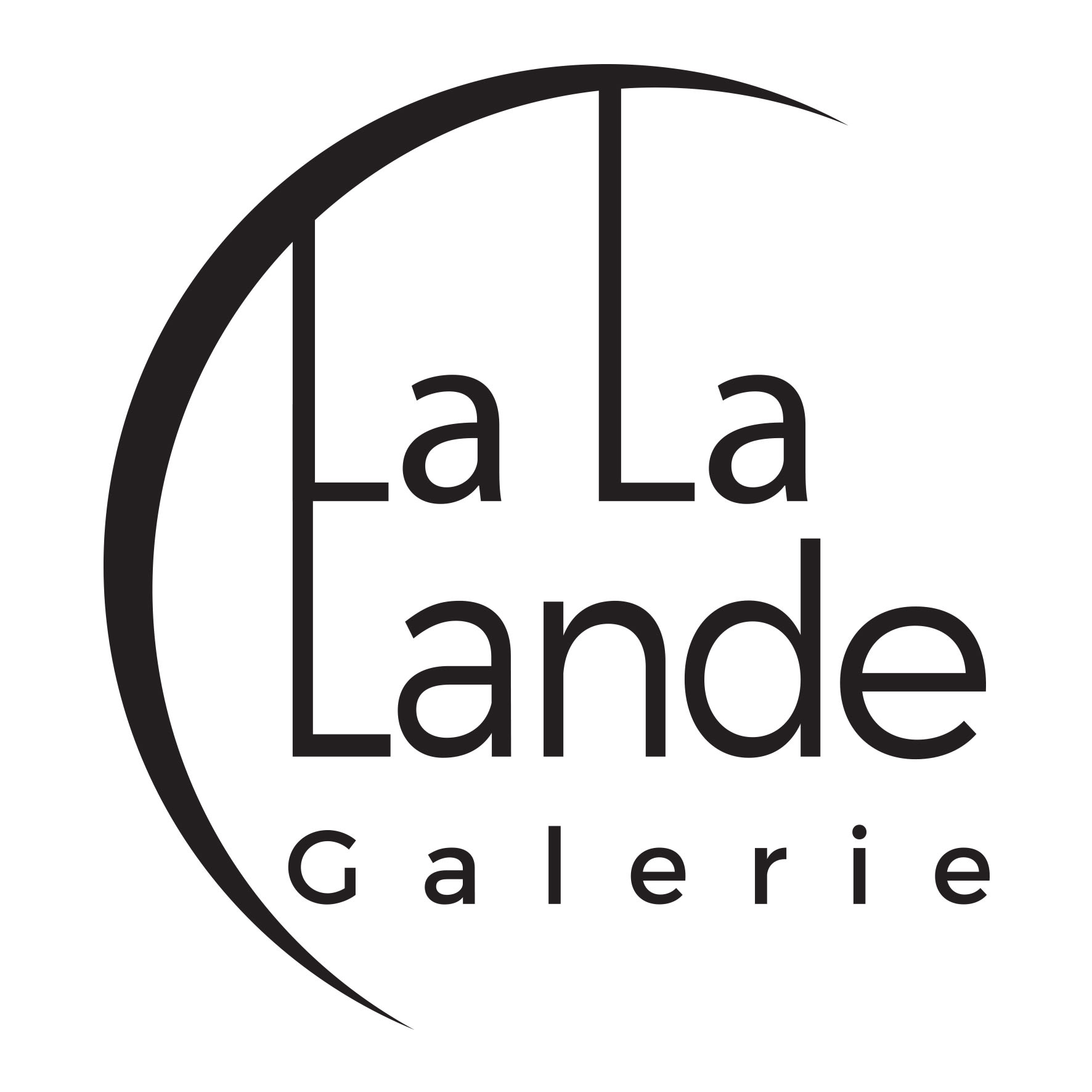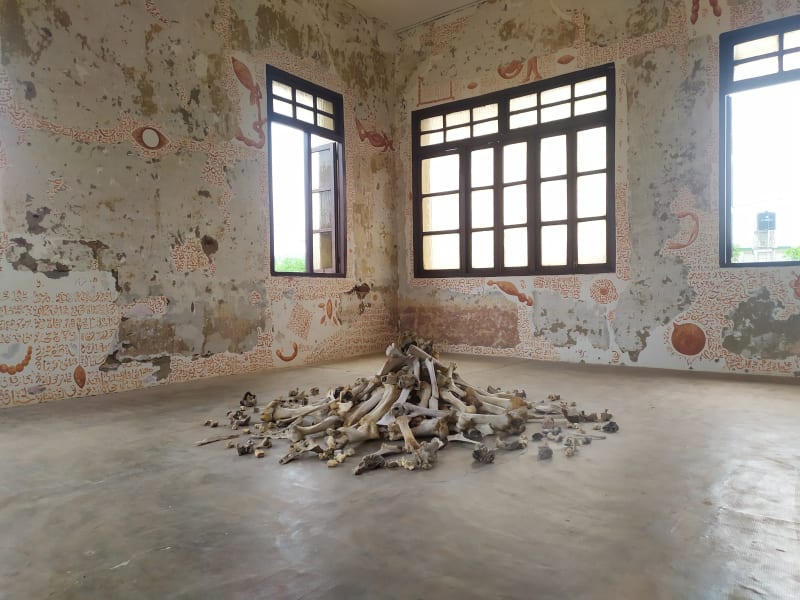"A practice of the underground, the hidden, the invisible already runs through my work in an archaeological approach. Around objects, places and memory reinvested, notebooks opened and dug out, encyclopedias turned upside down like a digging ground, engraved bones. There's a desire to traverse time in a non-linear direction, towards the depths. Going from point zero, to -1, -2, -99. Slipping into the earth, into paper, into history, into bodies."
Aïcha Snoussi
There are civilizations that have left many archaeological traces, and these traces can be seen in certain museums, in history books, in the minds to which their history has been passed on.
Other civilizations are less well known, or totally unknown because their histories have been forgotten, erased, drowned under water, or because their stories are passed on in other ways.
Aïcha Snoussi and the LIXE archaeological mission are in the process of uncovering one of them: the Tchech civilization, a queer, African, nomadic civilization, traces of which have been found off the Tunisian island of Zembra, as well as on the coast of Ouidah.
This civilization has a set of practices, rituals, powers and cults that the Lixe mission is perpetuating through this exhibition, in a duty to pass on to future generations. This transmission is achieved through gestures, installations, devices, sounds, experiences and a range of arrangements that activate this invisible memory.
Civilization is attached to the cult of the sea, as well as that of the sun. It has a particular language, one that cannot be read with language. Its color is vermania, blue-green, and the four elements are omnipresent.
The Tchechs are neither men nor women nor man-women. Bodies are infinite possibilities, as are sexual practices around objects. Each space here activates a particular practice, thousands of years old, but which only takes shape through elements of the present. This process is the key to passage.


